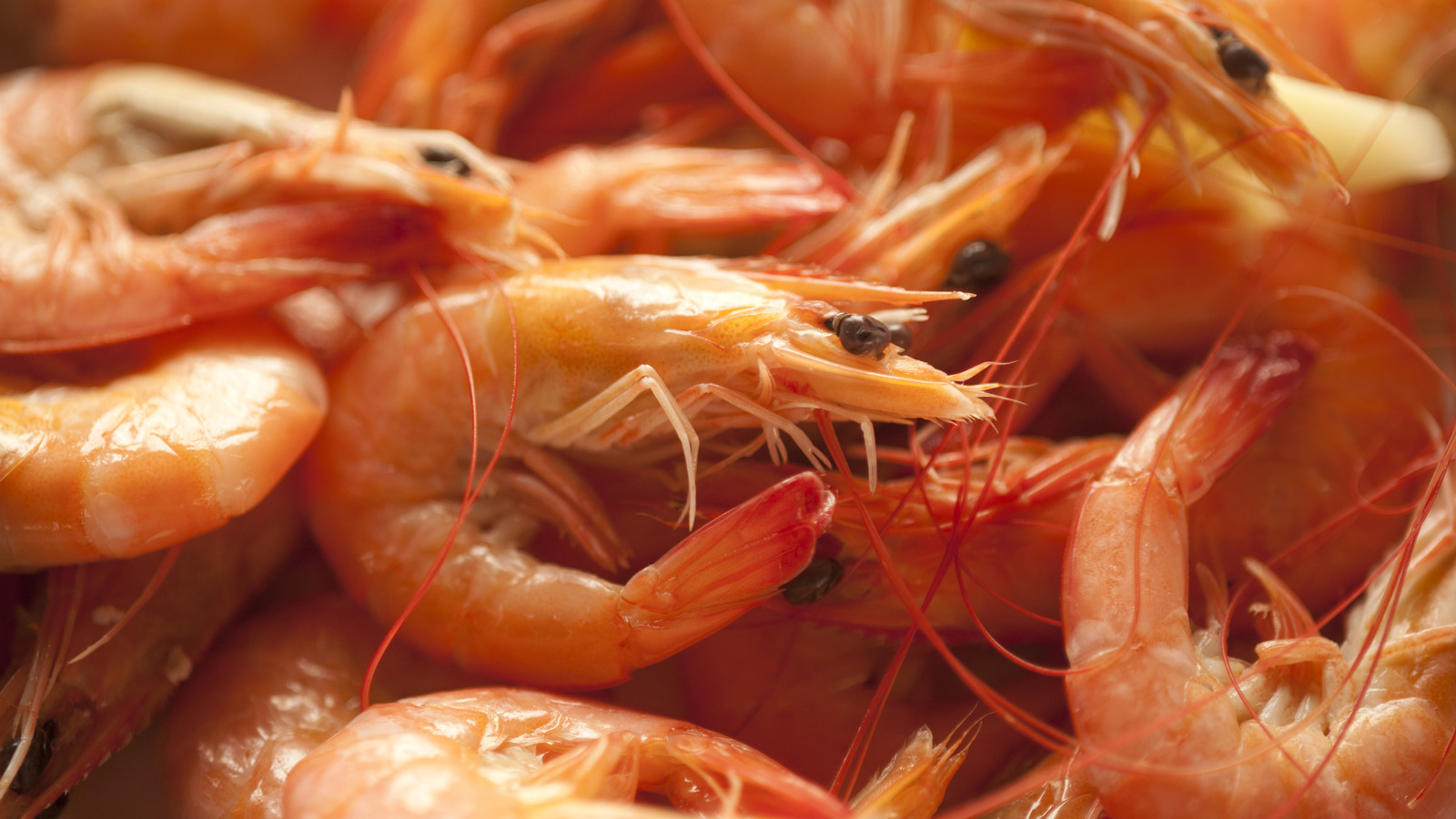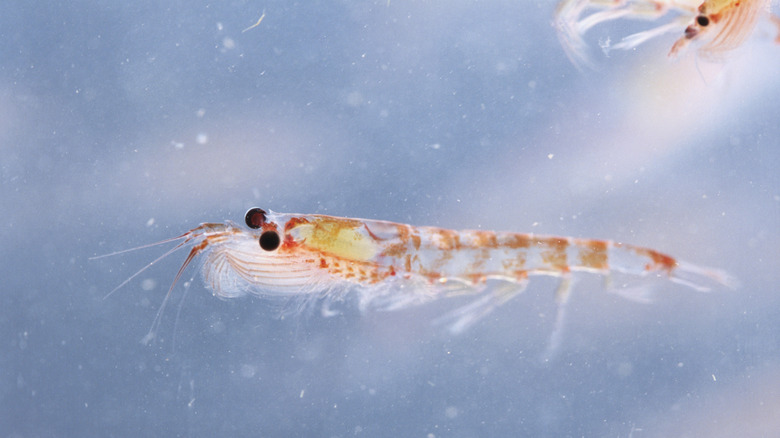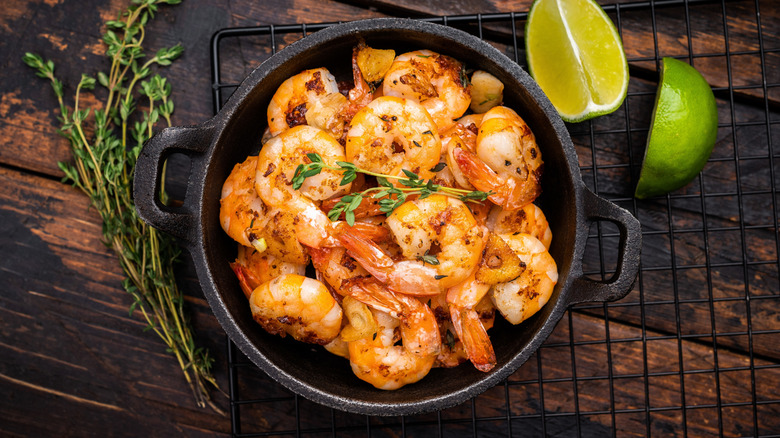Seafood seems like it should be a relatively straightforward process. Lobsters look distinct from crabs, which look distinct from shrimp. However, there’s another crustacean that looks vaguely similar to shrimp and often gets confused for it: krill. Despite their similar shape, these are, in fact, two different animals.
The biggest differences between krill and shrimp lie in their own unique uses. Krill tends to be harvested for its oil, which is later used in health supplements. Shrimp, on the other hand, is harvested for cooking and consumption and is a common choice for seafood recipes, like shrimp and eggplant stir-fry.
Beyond their different uses, another key difference between krill and shrimp is their respective appearance. Taking a closer look will quickly distinguish the two animals. Their color, body size, anatomy, and other traits clearly set the species apart from each other.
What is krill?
The body of a krill is covered by a translucent protective shell which has no distinct color. Sometimes, the shell will have spots, which can range anywhere from light pink to a reddish brown.
An unusual aspect of krill is that their number of legs is inconsistent. Krill can have anywhere from six to eight pairs of legs on their body, attached to the thorax specifically. Krill also only have two antennae as well as five little swimmerets on the abdomen. Another feature that distinguishes krill is a three-segment body consisting of the head, thorax, and abdomen– a trait shared with insects.
Krill isn’t typically eaten as a dish (unless you’re a giant blue whale, in which case they’re pretty much all you’d eat). While it is possible for people to eat krill flesh, this animal is more popular as a health supplement, being well regarded for its high amount of omega-3 fatty acids and antioxidants like astaxanthin. Plus, at only around 0.8 to 2.4 inches long, krill tend to be smaller, so it might not be worth trying to eat them — at least not in the same capacity as shrimp. Flavor-wise, some people find the taste of canned krill to be like a mild version of shrimp or crab.
What is shrimp?
Shrimp is a widely recognized seafood choice around the world. It is well known for its opaque shell, which has a saturated pink color. This bright colored shell often causes shrimp to be confused with prawns, another crustacean.
In comparison to krill’s single set of antennae, shrimp have two pairs. They also have more legs, as well as a consistent amount of them: Shrimp have 10 legs in total — five used to help them swim, and five for walking. Unlike krill, however, shrimp only have two body segments: an abdomen and a head fused to a thorax, known as a cephalothorax. A final key difference lies in size: This popular crustacean can grow to be noticeably larger than krill, potentially measuring up to 9.8 inches in length.
Since krill are more popular as a health supplement, the chances of having to distinguish the two in a grocery store are low. Don’t expect to find krill recipes in your cookbooks, but shrimp, on the other hand, are very popular in cooking. You’ll find them in all kinds of dishes, ranging from shrimp cocktails to Vietnamese shrimp summer rolls.







